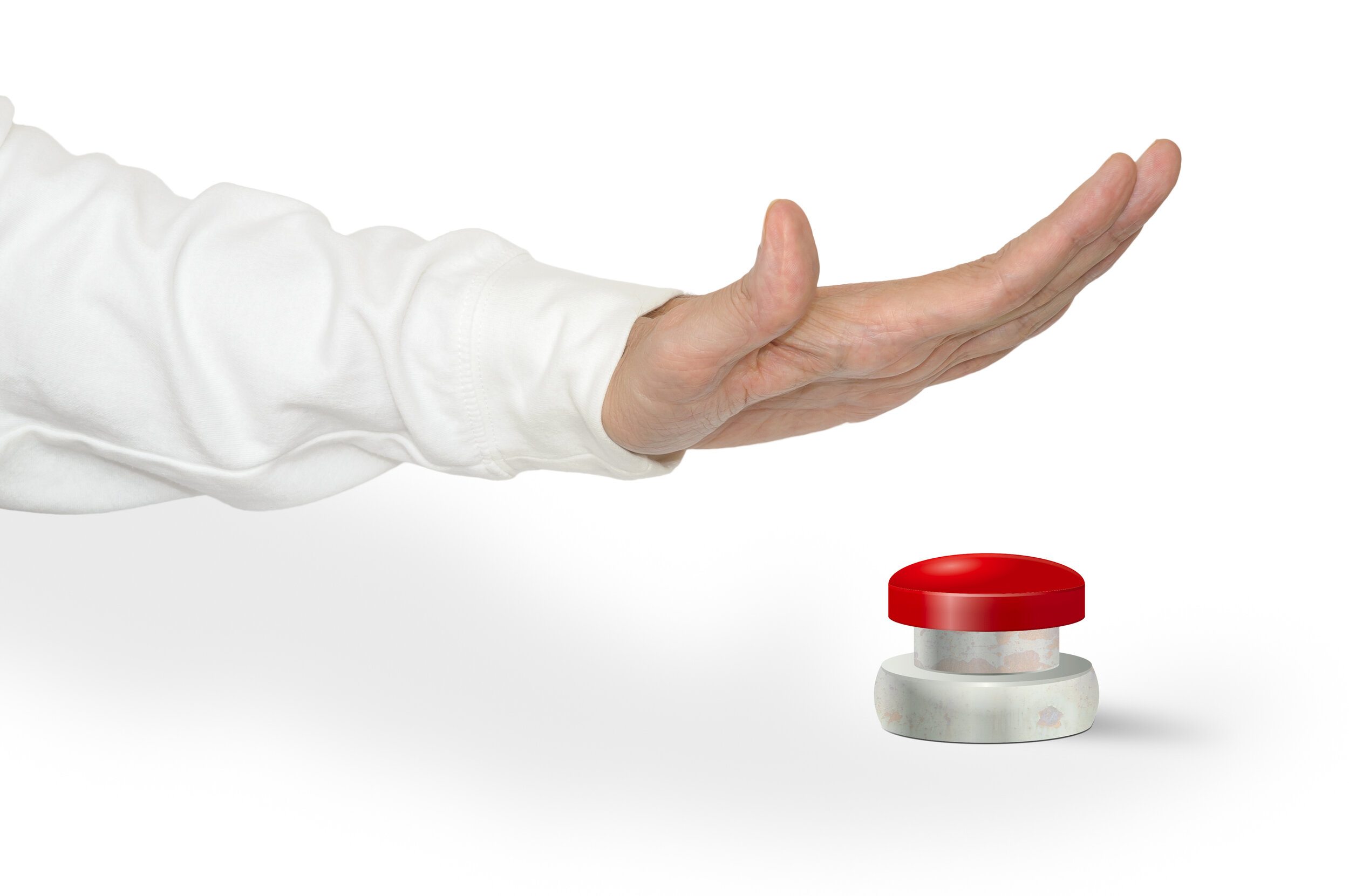Is Your Panic Button Putting You At Risk?
For better or worse, people are drawn to the familiar. Sometimes this familiarity is welcome, like returning to a favourite book or movie. Other times, an over-reliance on the familiar leads to rejecting change even when it’s beneficial. Somebody always has to be the last to change, and no one wants to be on the wrong side of a trend, whether it’s fashion or technology.If you’re currently relying on a panic button for your personal safety, or if you’re thinking about investing in a panic button, you may want to think again. Is the reason you’re using a panic button because it’s the best way to keep safe, or is it because it’s what you’ve always used? In this article we’ll look at how safety is evolving, and why panic buttons are quickly becoming old news.
Future considerations
As with all hardware-based safety solutions, panic buttons provide limited functionality and become obsolete over time due to their inability to be upgraded. While software solutions that integrate the ability to call for help can provide value by working across many devices, a physical panic button has only one use. Due to the potential cost of replacement hardware, purchasing panic buttons for a work force also carries higher future expenditure than integrating various devices with a software solution.
Thinking outside the box
A hardware solution isn’t scalable in the same sense that software is. In the event of changes within a workplace, it’s much easier to adapt a software solution for safety monitoring. Downsizing means that hardware purchases goes to waste, while expansion of a business can come with its own difficulties. When it’s time to purchase new devices, you may find that your existing solution is no longer being offered by the manufacturer, or that your existing devices won’t be compatible with new ones.
Getting out of hand
The main benefit of a monitoring service is in its persistence. If a worker in emergency finds themselves without the use of their panic button, or if their hardware fails to work as described, it may be a long time until they receive help, if ever. Monitoring services that rely on check-ins ensure that if an employee has not checked in on time, help will be sent. It’s important to be able to call for help, but it’s even more important to get help when you’re can’t make the call yourself.
Adding it up
While panic buttons may seem to offer adequate protection in the workplace, there are benefits to non-hardware safety solutions that they just aren’t able to match. Safety monitoring software offered as a service will always be updated, and comes with benefits not found in hardware, like the ability to be accessed from anywhere. Hardware solutions like panic buttons will also need to be replaced over time, adding costs that you may not have budgeted for.To find out more about the benefits of an automated monitoring system over traditional panic buttons, call SafetyLine at 1-888-WRK-ALNE, or contact us.

